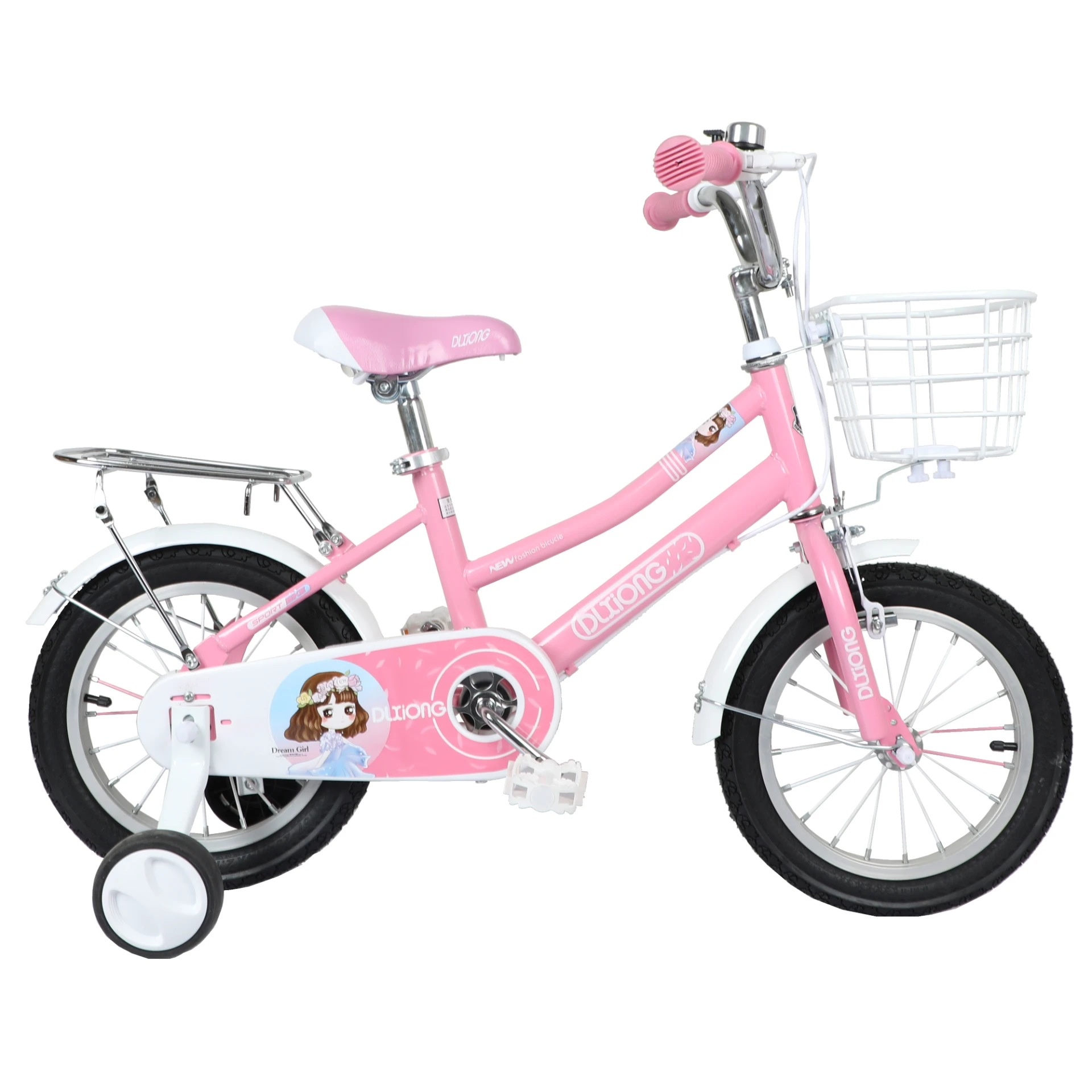Guidelines for Choosing the Right Mountain Bike for Your Needs
How to Pick a Mountain Bike
Choosing the right mountain bike can be a daunting task, especially with the myriad of options available on the market. Whether you are a beginner or an experienced rider, understanding the key factors involved in selecting the perfect mountain bike is essential for an enjoyable and safe riding experience. Here’s a comprehensive guide to help you navigate this process.
1. Determine Your Riding Style
Before delving into bike specifics, it’s crucial to identify your riding style. Mountain biking can be broadly categorized into four main disciplines cross-country (XC), trail riding, all-mountain, and downhill.
- Cross-Country (XC) Ideal for those who enjoy long rides with a focus on climbing and speed. - Trail Bikes These are more versatile and suitable for a variety of terrains, perfect for intermediate riders. - All-Mountain Bikes Built for steep descents and rough terrains, these bikes are heavier and sturdier. - Downhill Bikes Designed specifically for descending at high speeds on steep trails, they usually feature long travel suspension.
Understanding your preferred style will help narrow down your choices.
2. Frame Materials
Mountain bikes come in various frame materials, each offering unique benefits.
- Aluminum Lightweight, affordable, and resistant to rust, making it a popular choice. - Carbon Fiber More expensive but incredibly lightweight and strong, reducing fatigue during long rides. - Steel While heavier, steel provides excellent strength and a smooth ride. It’s a great option for riders looking for durability.
3. Suspension Type
The type of suspension is another critical aspect to consider
. There are three main typeshow to pick a mountain bike

- Hardtail These bikes have front suspension only, making them lighter and more efficient on climbs. They are great for cross-country riders. - Fully Suspended (Full Suspension) With suspension on both the front and rear, these bikes absorb shocks better and provide more control on rough terrain, ideal for trail and downhill riders. - Rigid These bikes lack any suspension and are best suited for smooth trails or urban riding.
4. Wheel Size
The size of the wheels plays a significant role in how a bike handles on various terrains. The most common sizes are 26”, 27.5” (also known as 650B), and 29”.
- 26” Wheels Offer quick handling and maneuverability, preferred by aggressive riders on technical trails. - 27.5” Wheels A compromise between the agility of 26” wheels and the speed of 29” wheels. They provide a balanced performance. - 29” Wheels Roll over obstacles with ease and maintain speed, making them great for cross-country rides.
5. Fit and Comfort
Selecting a mountain bike that fits your body is paramount for comfort and performance. Consider the following
- Frame Size Most bike brands offer size guides based on height. It’s essential to test ride various sizes. - Standover Height Ensure you can comfortably straddle the bike. - Handlebar and Saddle Position Adjustments to these can improve your overall comfort and riding posture.
6. Budget
Finally, establish a budget before making a purchase. Mountain bikes can range significantly in price from a few hundred to several thousand dollars. Determine what features are essential for your riding style and decide accordingly.
Conclusion
In conclusion, selecting the right mountain bike requires careful consideration of your riding style, frame material, suspension type, wheel size, fit, and budget. Take your time to research and test different models, as this investment will enhance your riding experience for years to come. Happy biking!
-
The Perfect Baby TricycleNewsAug.11,2025
-
Ride into Fun with Bikes for KidsNewsAug.11,2025
-
Ride into Adventure with the Perfect Kids Balance BikeNewsAug.11,2025
-
Fun and Safe Riding with the Best Childrens ScootersNewsAug.11,2025
-
Find the Perfect Childrens Bike for Your Little OneNewsAug.11,2025
-
Explore the Best Baby Tricycles for Your Little OneNewsAug.11,2025
-
Three-Wheel Light-Up Scooter Benefits for KidsNewsJul.11,2025








